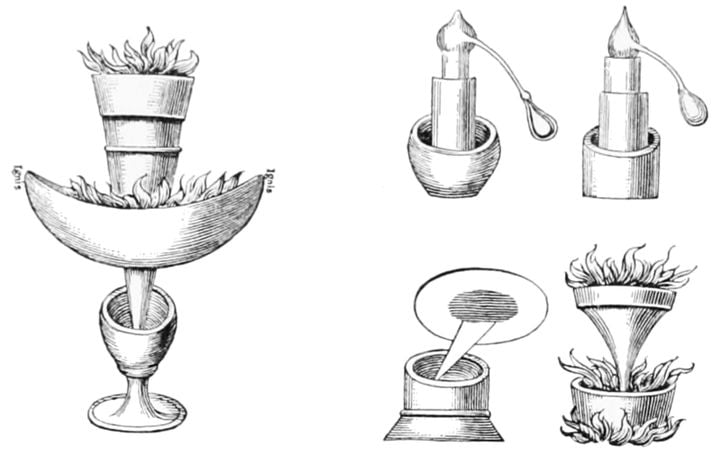Industrial Expansion and Banking
During the first decade of the 20th century, Bulgaria saw significant industrial growth. Many banks became shareholders in industrial enterprises, providing the capital needed to expand factories and workshops. This helped develop large-scale industrial enterprises across the country.
At the same time, the first cartel in Bulgaria appeared, focused on tobacco, which became a major export product. Over 500 new factories were established, bringing the national total to 820 Private Guided Turkey Tours.
Growth Indicators
Between 1904 and 1912, industrial development increased dramatically:
The number of enterprises and workers rose significantly.
Mechanical power and annual production expanded 4 to 5 times.
Invested capital increased nearly nine times.
These figures show the enormous growth of the Bulgarian economy, despite the hardships inherited from five centuries of Ottoman rule.
Foreign Investment and Infrastructure
Foreign capital also flowed into Bulgaria. Investors from Belgium, Russia, England, Germany, and other countries helped finance industrial projects. By 1906, foreign banks and joint Bulgarian-foreign banks were being established in the country Development of the Bulgarian Economy.
Agriculture also grew alongside industry:
More fields were planted.
Grain exports increased.
Farm machinery imports rose.
Infrastructure development accelerated, with new railroads, highways, telegraph lines, and telephone wires being built. However, this rapid expansion stopped during the Balkan Wars (1912–1913) and later during World War I, which diverted resources and labor to the war effort.
Between World Wars I and II
Post-War Industry and Agriculture
At the end of World War I, Bulgaria’s industry included 1,544 enterprises, employing 55,717 workers with a total invested capital of 5,083,000 leva. The country’s economy was struggling due to war damages and reparations.
The Stambolisky government took important steps to stabilize the economy:
Speculation in grain was abolished.
Cooperatives were established to organize agricultural production.
A grain export consortium was created to control exports, set domestic prices, and lower foreign prices to remain competitive.
Labor Conscription and Public Works
Stambolisky also introduced labor conscription, which required:
All healthy males over 20 to work for one year.
All fit women over 16 to work for six months.
This system helped complete major public works, including the construction of railroads, highways, and canals.
Land Reform
Land reforms were also implemented:
Barren land reverted to the state and was redistributed.
Large estates were limited in size to allow landless peasants to own and farm land.
These reforms aimed to improve the living conditions of poor peasants and support both agriculture and economic recovery.
From 1900 to the period between the World Wars, Bulgaria experienced rapid industrial growth, increased foreign investment, and modernization of agriculture and infrastructure. However, wars and economic hardships periodically slowed progress. The reforms of the Stambolisky government provided stability, reorganized agriculture, and promoted industrial and public works development, setting the stage for Bulgaria’s modernization in the 20th century.








